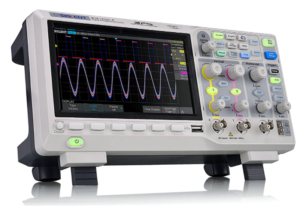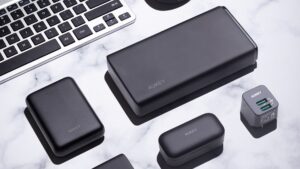Whether you’re looking to build a prototype or just getting started, choosing the right development board is crucial for anyone looking to build microcontroller-based projects. Development boards are the foundation for your project, providing the necessary components, interfaces, and connectivity options to bring your ideas to life. With so many different development boards available, it can be overwhelming to determine which one is right for you. Factors such as cost, form factor, processing power, interfaces, and connectivity options should all be considered when making your selection. It is important to consider your needs, skills, and the specific requirements of your project to choose the one that is best suited for you. In this article, we will examine some of the most popular development boards to help you make an informed decision.

